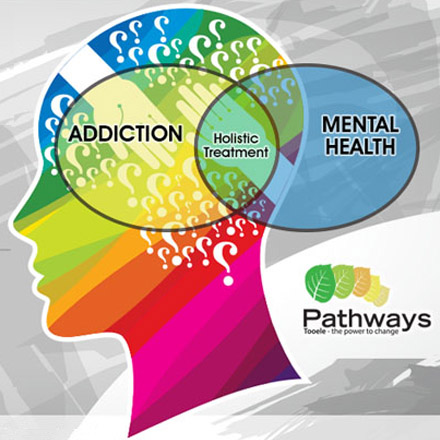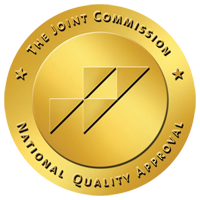Individualized Treatment Center for Addiction Recovery, Substance Abuse Treatment, and Mental Health Counseling, Trauma and Suicide Prevention in Utah
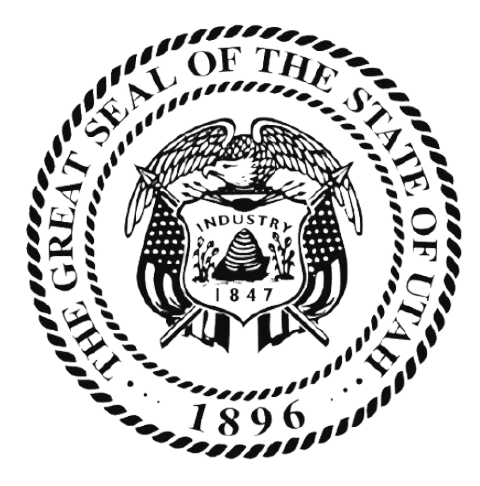
Licensed Treatment Center
Pathways offers outcome-based addiction recovery programs at all levels including inpatient rehab, outpatient rehab, day treatment, and sober living. Our programs use a system of measurement-based care completed by patients and reviewed by clinicians during encounters to determine the best approach that works for you.
The Journey to Recovery Starts Here

Inpatient Treatment
Our residential treatment center is in a secluded, serene location is safe, private, and perfect for those seeking inpatient mental health or inpatient addiction treatment in Utah. Our residential rehab incorporates groups, skill-building, fitness, meditation, art therapy and many outdoor experiential therapeutic activities.
About
For over 18 years, Pathways Real Life Recovery has successfully helped hundreds of clients by discarding the cookie-cutter approach to treatment and instead we create personalized solutions that meet each client’s needs. Regardless of the difficulties our clients are facing within themselves, relationships, or family units, Pathways finds a wholeness solution through research-based principles that integrate self-awareness, strengthening tools, and belief restructuring to help manifest positive life changes. Pathways Real Life Recovery offers a full continuum of care from residential inpatient rehab clinics, counseling, group therapy, day treatment, intensive outpatient treatment, sober living housing and drug abuse clinics. Our recovery plan will be designed around each individual’s unique needs to allow them to overcome unhealthy beliefs and patterns. Treatment may include group therapy, skill-building, fitness activities, meditation, art therapy, and many outdoor therapeutic activities.
Customized Care - Proven Results
"No matter how difficult your challenges, we can help overcome them with proven techniques and supportive counselors. Call us 24/7 at 801-895-3006 to reclaim the life you desire."
We Accept Most Insurances
Mental Health Matters
Pathways offers mental health treatment services that are tailored to each individual and based on 30+ years of proven research. We give men and women the tools and skills they need to gain confidence, develop their self-worth, and restore personal health. Pathways provides comprehensive behavioral health care for adolescents and adults.
Call Us 24/7 for a Private Consultation Today
Customized Mental Health Treatment Plans AvailablePathways Real Life Recovery
Treating People Not Symptoms
Pathways works to heal the root cause of addiction and destructive thought processes, building client confidence, and teaching the skills needed to help clients reclaim sobriety and to avoid a relapse. At Pathways addiction center, we understand that addictions extend beyond substance abuse and alcoholism, encompassing a wide range of compulsive behaviors such as video game addiction, an addiction to pornography, eating disorders, and gambling addiction.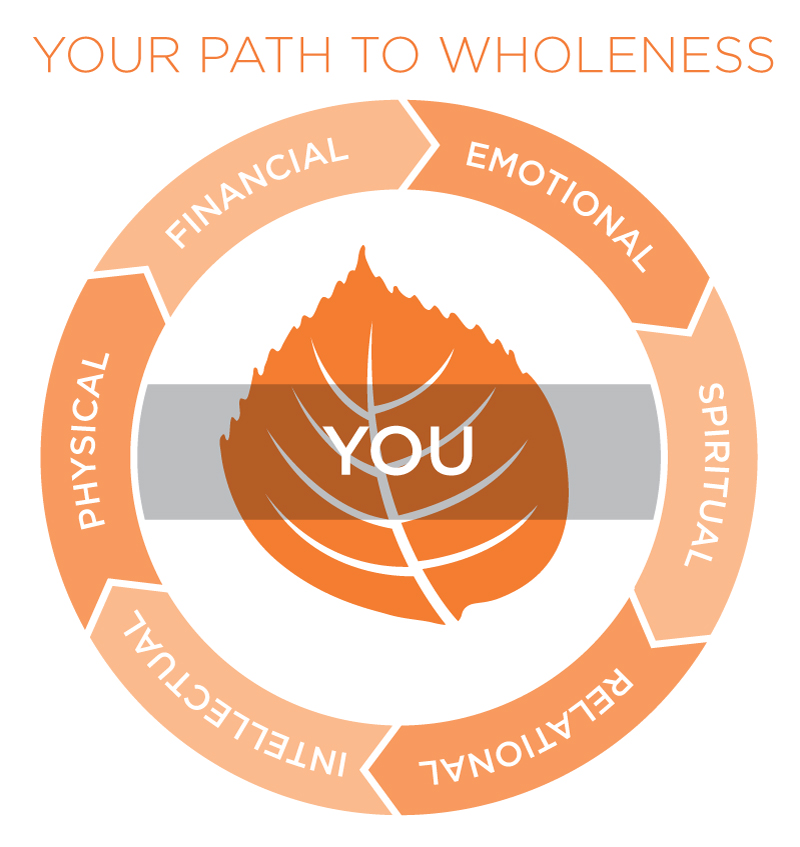
For More Information About Inpatient, Outpatient, Sober Living or to Set up a FREE Assessment, Contact Us at 801-895-3006.
Why Choose Us

Evidence-Based
Our methods have been scientifically researched, put to the test, and produced desired outcomes that can be repeated consistently in different environments. Feel confident you’re receiving quality treatment!
Customized
Your treatment will be driven by your own vision and not a specific agenda or another person's recovery journey. You’ll work with specialists to create a personalized program that works for you based on your treatment goals.
Holistic
Pathways Real Life Recovery embraces a whole-person approach to treat each client’s mind, body, and spirit; versus only treating the isolated problematic behavior. This helps effect lasting change.
Strengthening
Pathways Real Life Recovery in Utah arms our clients with the knowledge, tools, and skills to enable them to sustain positive long-term change and turn actions from destructive to constructive.We Love Our Clients
Get Started on Your Pathway to Recovery!
Call (801) 895-3006 for a FREE Assessment with a Caring Advisor
Frequently Asked Questions
- Arrange for ground and/or air transportation.
- Ask what items you should bring to rehab with you and what is allowed.
- Wrap up things at work and home as well as you can before you leave.
- Have a medical examination and evaluation to determine the right therapeutic program for your needs.
- Find out if the rehab center uses medication if you need medication-assisted rehab.
- Confirm that the facilities you’re considering offer the specific resources you need.
- Choose a well-established, highly reputable facility that is well recommended.
- Don't assume that luxury facilities mean superior treatment and support.
Recovery Resources and Tips
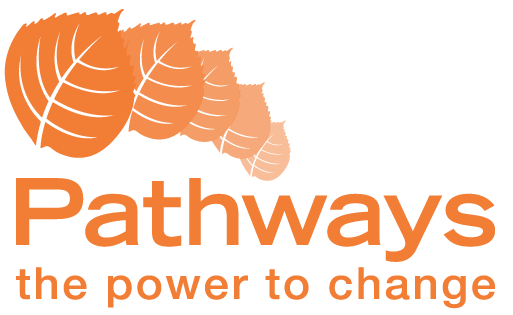
Pathways is proud to be accredited
by The Joint Commission, which
independently certifies only the
best treatment programs, healthcare
organizations, and hospitals across the country!
RESOURCES
Legit Script Certified
GET HELP TODAY
Complete This Contact Form
or Call (801) 895-3006
To Schedule a Free Assessment
"*" indicates required fields
CONTACT
Pathways Real Life Recovery
230 W Towne Ridge Pkwy
Suite 150
Sandy, UT 84070
Phone: (801) 895-3006
Email: info@pathwaysreallife.com
Fax: 801-277-7593
Copyright 2024 Pathways Real Life © All Rights Reserved



